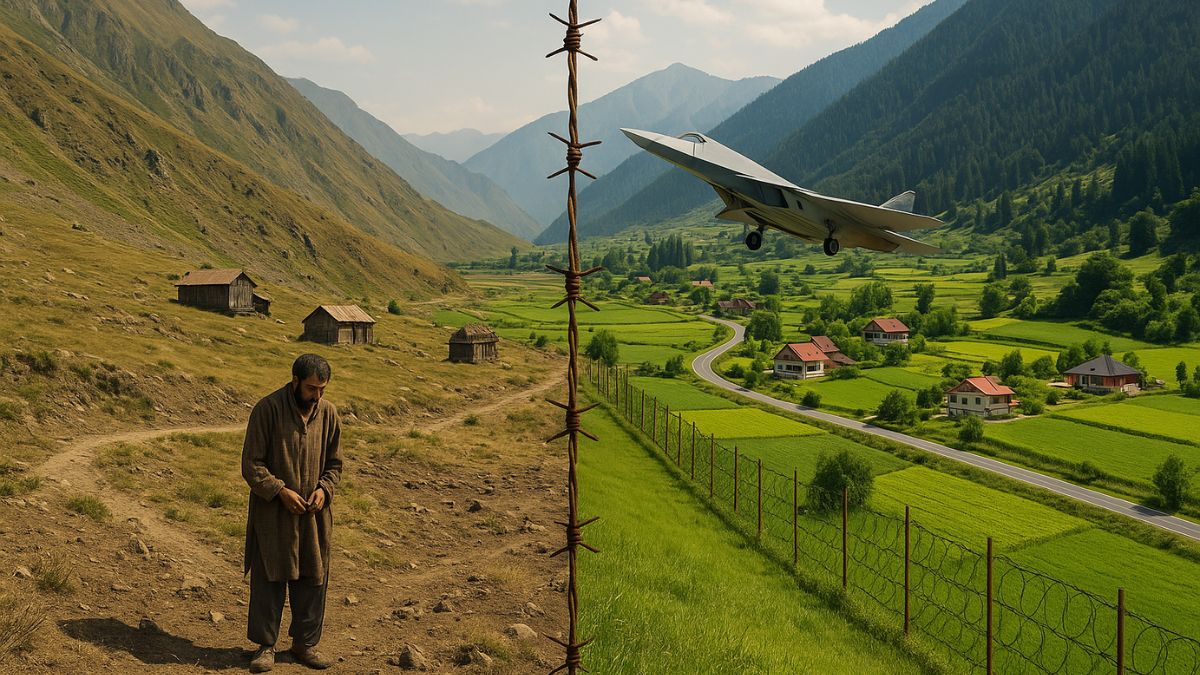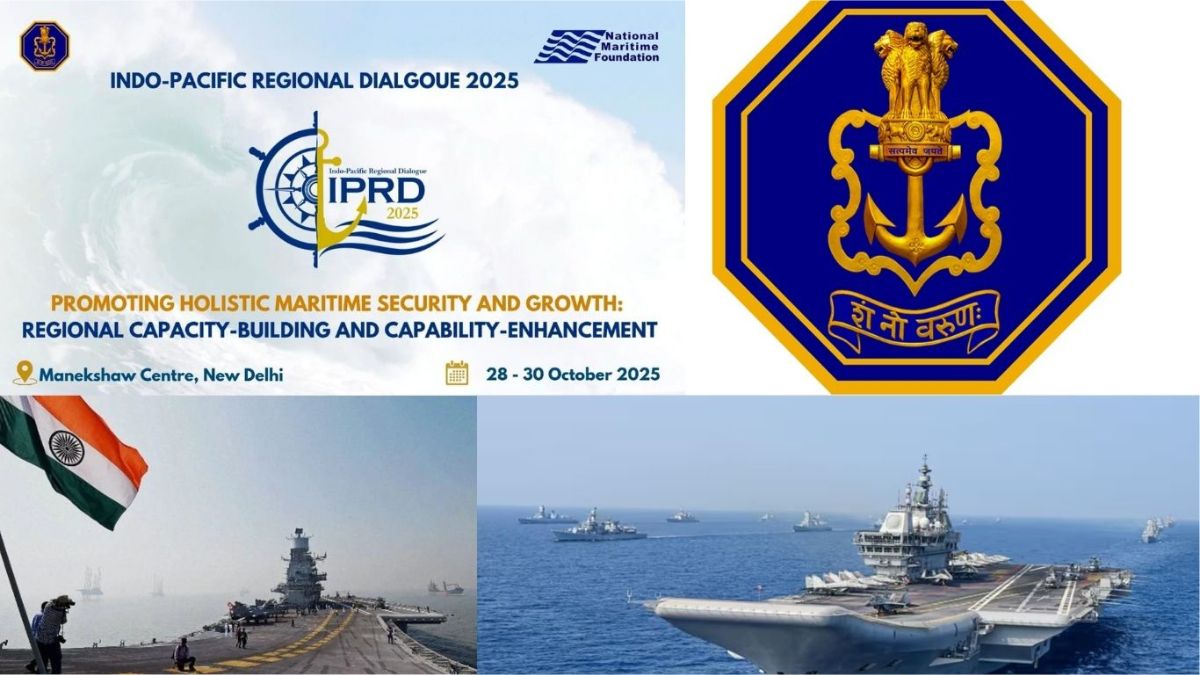Economy Of PoK Fumbling While India’s Progress Push Thrives In Jammu & Kashmir

Image courtesy: AI-generated image via DALL-E
The exquisite mountainous territory of Jammu and Kashmir, a sovereign Indian territory, stands divided in two parts, separated by the Line of Control (LoC). The LoC demarcates Pakistan-occupied Jammu and Kashmir.
However, that line is not the only division visceral division anymore. With Jammu and Kashmir having undergone a swift change since the revocation of Article 370 in August 2019, its socio-economic development also stands out distinctly in comparison to the situation in PoJK.
Massive investments have flowed into infrastructure, education, and industry, reshaping the region’s economic prospects and connecting Jammu and Kashmir more firmly with the rest of India.
Across the LoC, Pakistan-occupied Jammu and Kashmir is clasped tightly by economic stagnation. Plagued by its inferiority complex towards India, and anxious to safeguard the politically powerful military elite’s interests, Islamabad has retained tight administrative control over the territory. Limited autonomy and barely any say in national or even local projects. Despite the presence of foreign-backed initiatives such as the China-Pakistan Economic Corridor, long-term monetary benefits for locals remain scarce.
How has investment changed Jammu and Kashmir’s trajectory?
When India revoked Article 370, it meticulously cut through a political structure that had long kept Jammu and Kashmir in a state of semi-autonomy but economic isolation. Direct governance from New Delhi allowed unprecedented resources to be pumped into the region. Rail lines such as the Baramulla-Srinagar-Banihal-Sangaldan link now weave through the mountains, while new expressways and airport upgrades have given a much-needed boost to connectivity.
The impact is visible. The gross domestic product (GDP) of the region has reached roughly $20 billion, and entire sectors from tourism and horticulture to handicrafts, are thriving. The government’s decision to embed the region into the broader economic framework of India was not just about removing legal barriers; it was about reimagining what Jammu and Kashmir could be.
By tying its future to the country’s economic core, India positioned the region as more than a security concern, turning it into a place of opportunity.
What are conditions like in Pakistan-occupied Jammu and Kashmir?
On the other side of the Line of Control, life tells a different story. This sovereign Indian terrritory illegally occupied by Pakistan, is heavily dependent on Islamabad’s financial support. Residents complain of unemployment and poor infrastructure. Most families survive through subsistence farming, as industrial development is scarce.
Even with the China-Pakistan Economic Corridor running through Gilgit-Baltistan, local residents say benefits are bypassing them. Federal authorities, rather than local leaders, oversee most projects, after all.
PoJK’s GDP is estimated at $6 billion according to an article in Global Kashmir. This is even less than one-third of the size of Jammu and Kashmir’s economy.
Protests over jobs and subsidies erupt regularly in towns such as Muzaffarabad. They are not met with a sympathetic listening ear, though. What meets such demonstrations is police crackdowns and arrests.
How do education and healthcare differ across the regions?
Jammu and Kashmir is now home to 16 universities, including an Indian Institute of Technology (IIT), Indian Institute of Management (IIM) and National Institute of Technoloy (NIT), along with 12 medical colleges and new All India Institute of Medical Sciences (AIIMS) campus. Government investment has given a boost to higher education and healthcare delivery, parallely opening pathways for local talent and improving access to advanced medical care.
By contrast, Pakistan-occupied Jammu and Kashmir has only six universities and few medical facilities capable of providing specialised care. Limited educational infrastructure reduces prospects for professional advancement, forcing many students to seek opportunities elsewhere. The absence of skilled training institutions continues to hinder workforce development in the territory.
That keeps the territory in the economic rut it is stuck in, keeping it at the mercy of overlords in Islamabad.
Why are the two regions on such different paths?
India has treated Jammu and Kashmir as part of its national economic framework, using central funding to drive infrastructure, education, and industry. The removal of legal barriers in 2019 gave New Delhi the authority to implement large-scale projects and create incentives for business investment.
Pakistan’s approach is different. The territory functions more as a bargaining chip in its rivalry with India. Decision-making power sits with Islamabad and the military, not local leaders. Projects tied to the China-Pakistan Economic Corridor primarily serve strategic goals, with contracts and jobs often awarded to firms from outside the region or China. The people living there remain secondary to the political calculations driving policy.







